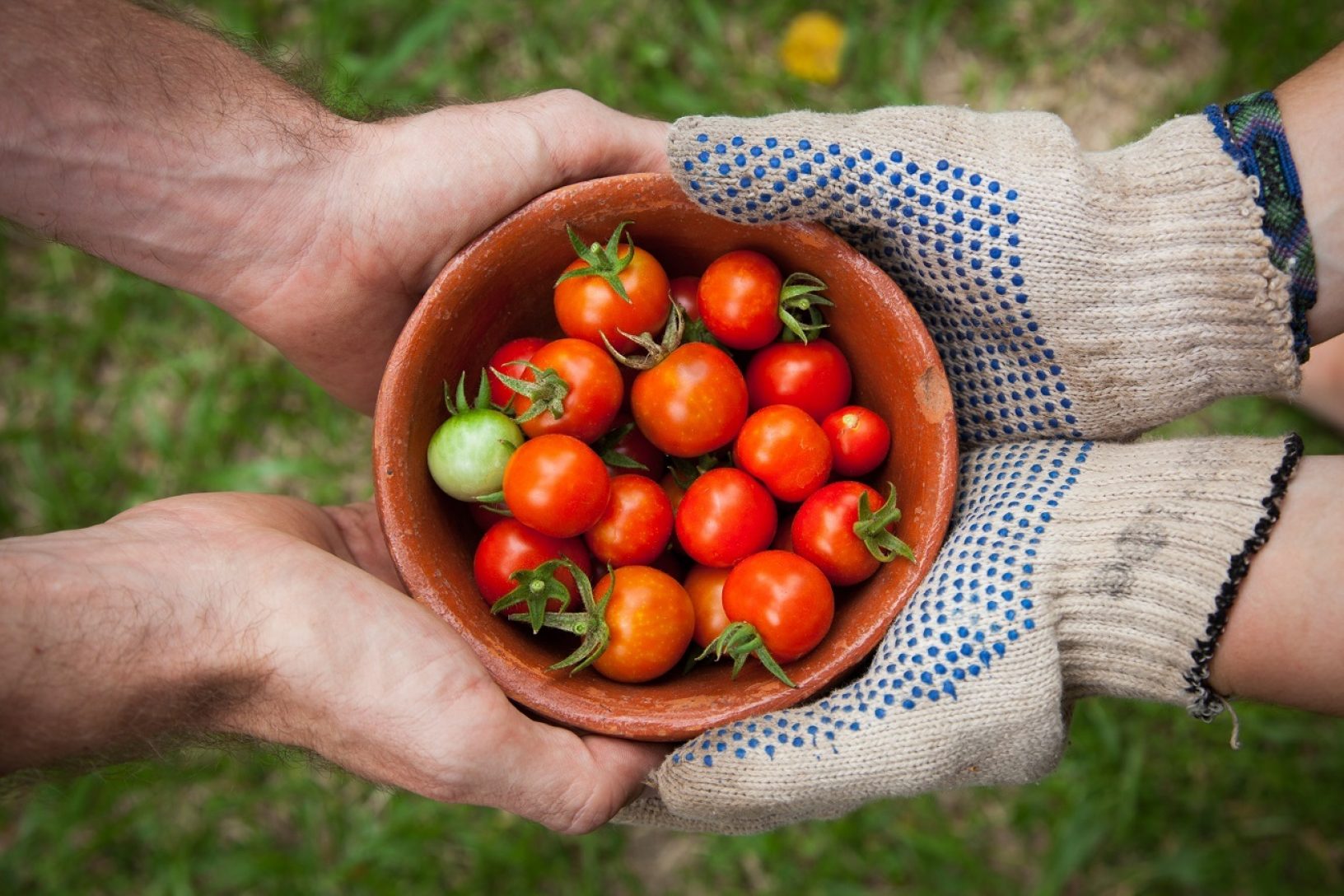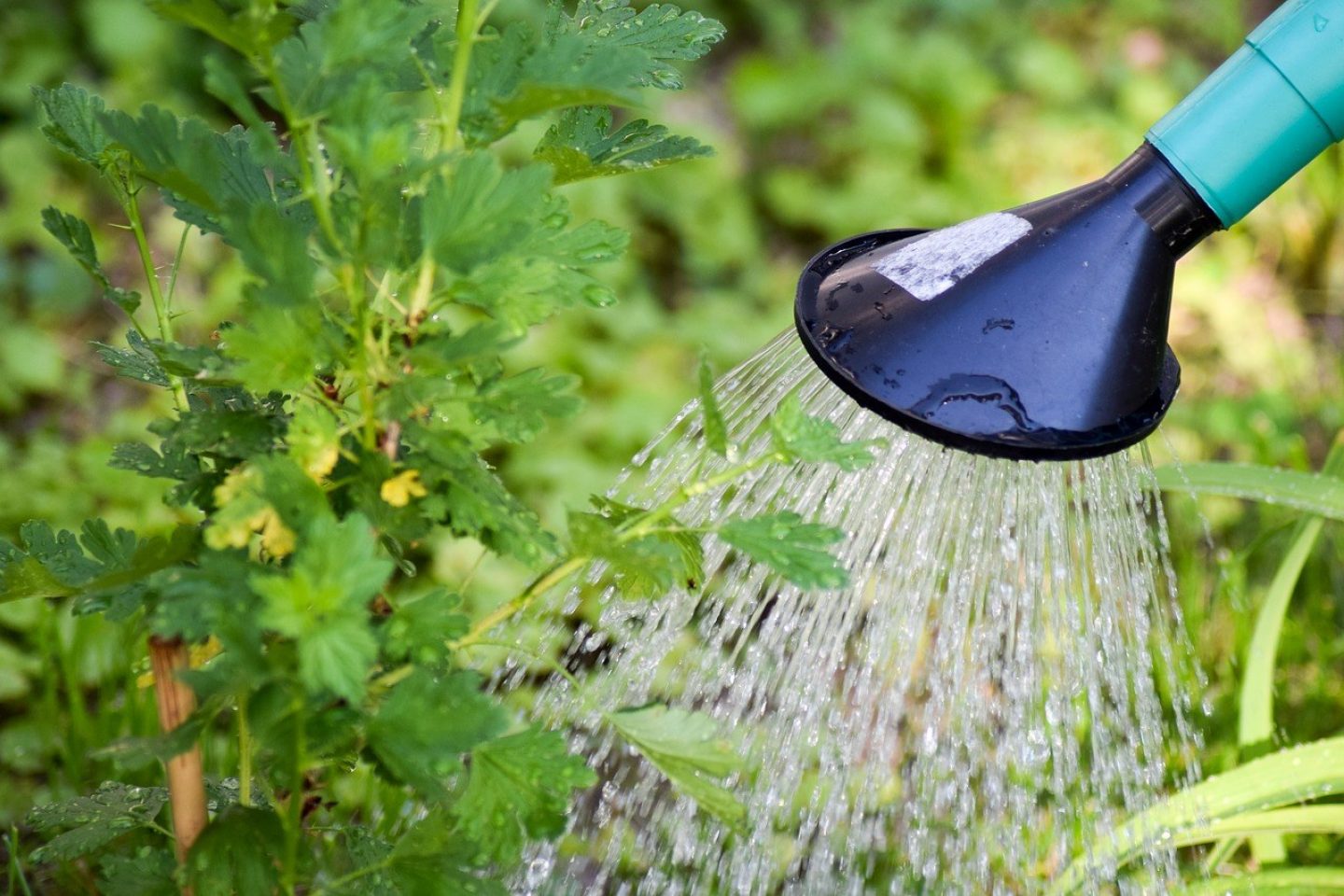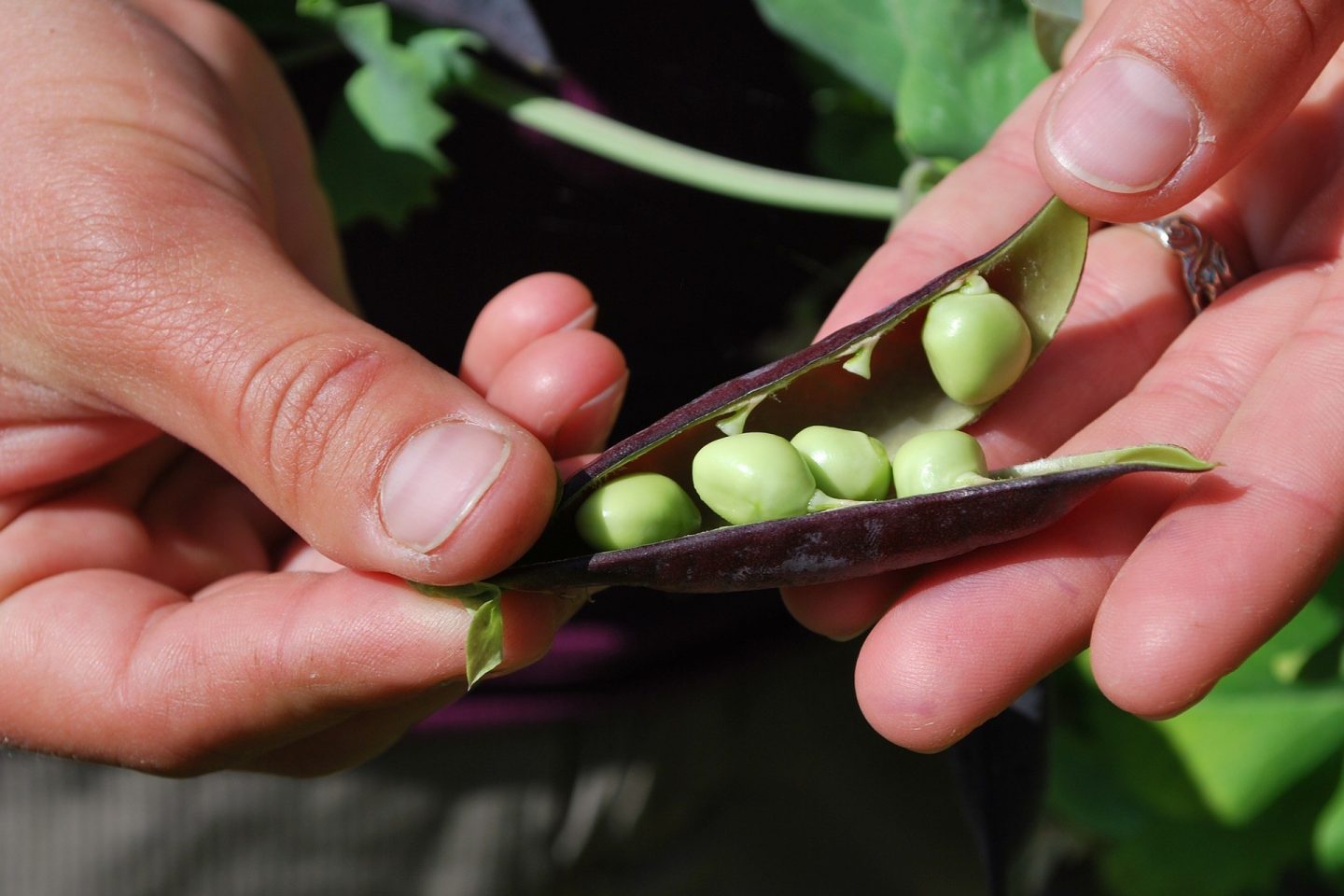Make it easier
Watering can be one of the most frequent activities in the garden. There are lots of tools available or techniques to make watering easier to do. Read our guide to watering outdoors for advice.


Harvesting the food you have grown yourself can be magical. The flavour of a tomato, ripe off the vine, or the sweet taste of a juicy strawberry can be unlike anything you find in the supermarket.
There are things we can do to encourage our food crops to produce an even bigger harvest. Some we do continually as our plants grow and others we can do once our crops are first ready to eat.
When you grow something from seed to the plate, there’s a real sense of achievement.
Mark, Thrive client gardener

Frequent watering and feeding are some of the most important parts of encouraging a big harvest.
Keep watering and feeding even when your plants start to be ready to harvest. Plants like tomatoes and beans need lots of water and nutrients. This will increase crop quality and yield.
You could add a layer of mulch around the base of your plants. This will help to keep their roots cool, hold moisture in the soil and add nutrients. You could use straw, grass clippings or garden compost.
Watering can be one of the most frequent activities in the garden. There are lots of tools available or techniques to make watering easier to do. Read our guide to watering outdoors for advice.

Fruit trees may try to produce more than they can easily carry. The trees can be pretty good at dropping any excess themselves. You may well notice tiny, fallen fruits early in their development.
If your fruit tree is looking very crowded, you could remove some crops yourself. This can help the rest to successfully mature.
Advice can vary between varieties. It is always worth looking up your exact fruit variety to make sure. But as a rough guide:
I always wanted to grow my own veg. I started from seed and progressed onto a polytunnel … I love pottering about and seeing a new tomato!
Sandra, home gardener

Once they are ready to harvest, lots of food crops will keep producing more if we harvest often.
Some vegetable plants produce edible ‘fruits,’ such as:
With these plants, inspect them often and collect the 'fruits' as soon as they are ready. With courgettes and beans, you could choose to harvest them when they are younger. The plant will then put energy into producing more, instead of maturing existing ones. The harvest of young crops will also be more tender and taste sweeter than mature ones.
Some plants where the leaves are edible can be grown as 'cut and come again' crops, such as:
Keep cutting leaves from these and they will continue to grow more. If you don't, they may finish their growing cycle quicker, bolting and then setting seed. Bolting is a gardening term that describes a food plant that goes very quickly to seed.
Purple sprouting broccoli will also continue producing when harvested.
If you have more food from your harvest than you can use, you could share it with family, friends and neighbours.
You could also look at preserving and storing it, to use at a later date.
Some of your food crops may get very big as they grow - such as courgettes. You could remove a little bit of excess growth to help more air and light get to the plant.
If you are growing crops later in the year, nights can become cooler. Any plants in containers may benefit from being moved under cover, for example into a greenhouse or grow house. You could also protect them with horticultural fleece at night. You can remove it again during the day.